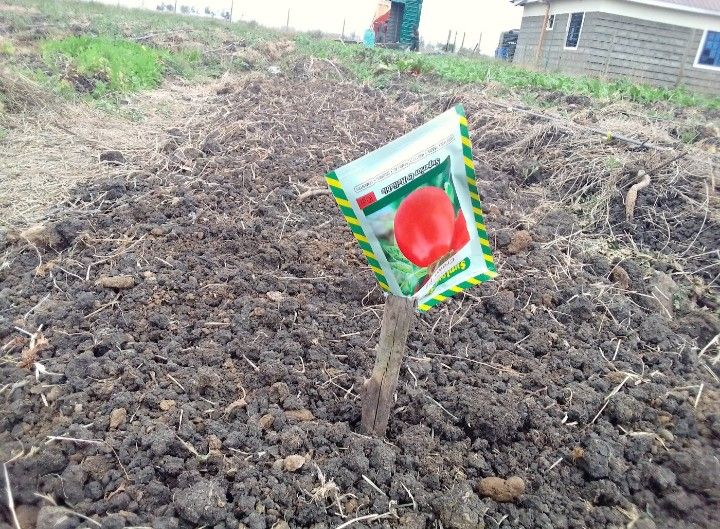
Contrary to popular belief among the Busia farmers, tomatoes can be grown here and even do well if done right. After all, the neighboring Teso have been doing it for ages. Personally I’ve always loved growing tomatoes, and the first time I tried it was after highschool but the results were disastrous to say the least. But it wasn’t anything I could control. About a week to my first harvest, hailstorm hit and destroyed the whole project. It broke me. But that didn’t stop me.
Hailstorms are one of the main challenges to most open-field farmers in this region. Those cold, white stones cause havoc and the destruction they leave behind is unimaginable. But there’s nothing you can do about it other than going the greenhouse way, or proper timing to plant your tomatoes at certain times of the year when there’s low rainfall. But planting when there’s low rainfall comes with its own challenge unless you are well equipped water-wise. If you are a rain-fed farmer, it’s going to be a challenge if you don’t have an irrigation system in place. At the end of the day tomatoes require water. But if you time yourself well, you can still farm without irrigation in Busia county in low rainfall season.

By March, I already had tomatoes in the field at flowering stage. At this time of the year is when farmers are preparing their fields for planting in April when the rains usually begin. By the time the rains become heavy and destructive, I had harvested a bit, and the plant was strong enough to withstand light hailstorms accompanying the convectional rainfall. I did my my nursery late December and did my transplanting late February, thank God on that week we received rainfall.
Later on for a while the sun burned down furiously but fortunately for me I had planted the tomatoes close to the river where the dampness cushioned them a bit, plus there are tall trees on the Western side of the farm that sheltered them in the late afternoon. Also another good thing about this region is that even during the dry season we always have that occasional rainfall and thanks to Weather Apps, we can even know on which days we’re likely to receive rain.
Do mulching to preserve moisture. As you all know I have farmed in Kajiado for a while, actually until mid last year. While there, I was fortunate enough to experience a very different climate from our own: Extreme heat, lack of rains for months and worst of all, Tuta absoluta pest. Tuta is a tomato farmer’s number one enemy. Luckily for us here, we are yet to have it. Late last year I planted tomatoes soon as I got home and I can tell you that I’m yet to experience that pest. And I pray it stays that way. The market is there, the downside being they still don’t depend on the weighing scale which can be frustrating at times, but we will get there.

So if you’re daring enough and willing to take the risk, Busia is the place for you. For about 10k you can lease a nice piece of land and there’s cheap labour. And the local market is there. There’s a big demand for tomatoes since very few farmers here are planting tomatoes.
For more information, reach out through any of my contacts.

Disclosure: This banner contains an affiliate link. I may earn a commission if you purchase through it, at no extra cost to you.
